Living with Polycystic Ovary Syndrome (PCOS) can bring fatigue, hormonal imbalances, and metabolic challenges. One of the most effective, science-backed ways to support your body is through consistent, balanced nutrition. Weekly meal prep isn’t just about saving time—it’s a powerful tool to stabilize blood sugar, reduce inflammation, and help you feel more energetic every day.
This coach-style guide offers a simple, sustainable blueprint for weekly meal prep tailored to PCOS management. You’ll find practical pointers, form notes for success, and easy modifications to fit your lifestyle—no extreme diets or complicated rules.
PCOS is often linked with insulin resistance, which affects how your body processes carbohydrates and regulates energy. Unstable blood sugar can lead to energy crashes, cravings, and weight gain. Strategic meal planning helps by:
A weekly meal prep routine puts you in control—ensuring you have nourishing, balanced meals ready when hunger strikes.
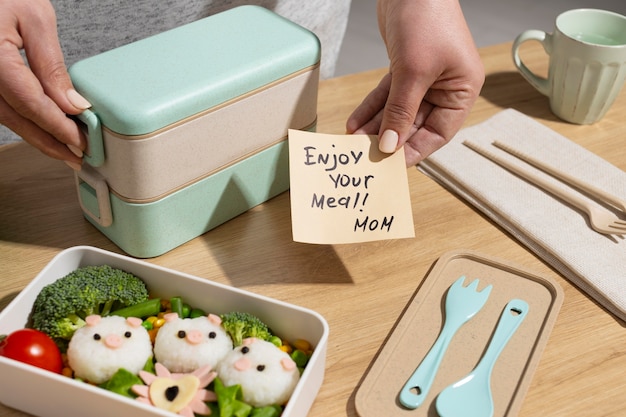
Start with a simple meal map. Focus on balance: each meal should include protein, healthy fats, fiber-rich carbs, and vegetables.
Coach’s Pointer: Use the plate method—50% non-starchy veggies, 25% lean protein, 25% complex carbs. This naturally supports insulin sensitivity.
Sample day:
Stick to the perimeter of the grocery store—this is where you’ll find whole foods like vegetables, proteins, and dairy. Avoid processed snacks and sugary drinks.
Form Note: Always shop with a list. Prepping without a plan leads to last-minute unhealthy choices.

Save time by cooking in batches. Focus on versatile staples:
Coach’s Pointer: Use sheet pans and slow cookers to minimize effort. Roast veggies at 400°F for 25–30 minutes with olive oil and herbs.
Portion meals into glass containers. Label with the day or meal type. Store proteins and grains separately if possible to maintain texture.
Keep breakfasts simple: overnight oats or chia pudding can last 4–5 days in the fridge.
Life happens. Have backup options ready:
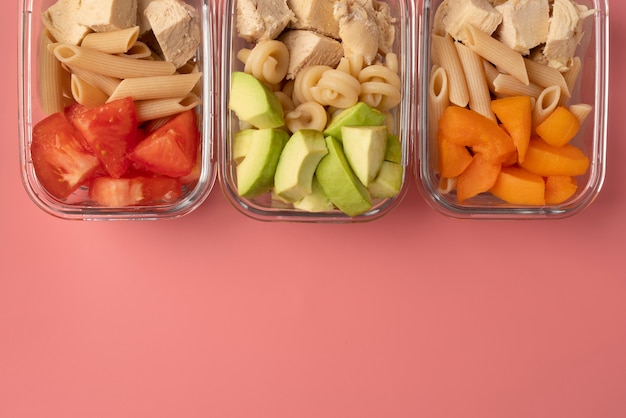
Not all calories are equal when managing PCOS. Prioritize these nutrient-dense options:
Limit refined carbs, sugary snacks, and processed foods—they can spike insulin and worsen symptoms.
You don’t need perfection—just consistency. Weekly meal prep is a form of self-care that pays off in energy, mood, and long-term health. Start small: prep just two meals or three components. Build from there.
By taking charge of your plate, you’re supporting your body’s natural balance and creating sustainable habits that go beyond dieting. This is nutrition that fuels—not frustrates.
You’ve got this—one meal at a time.

Wellness

Wellness

Wellness

Wellness
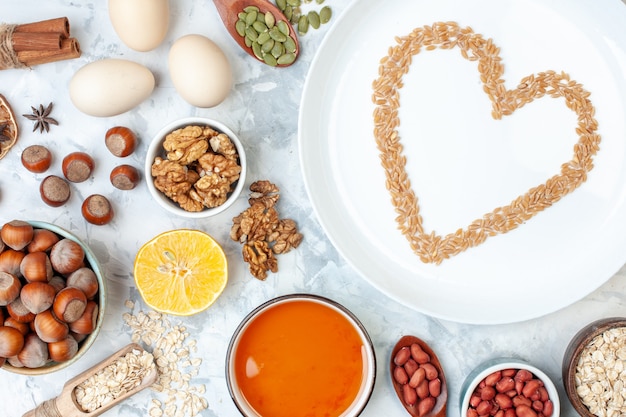
Health

Wellness

Wellness

Wellness
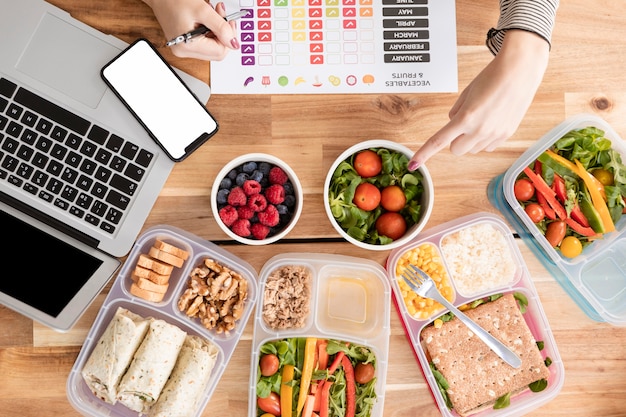
Wellness
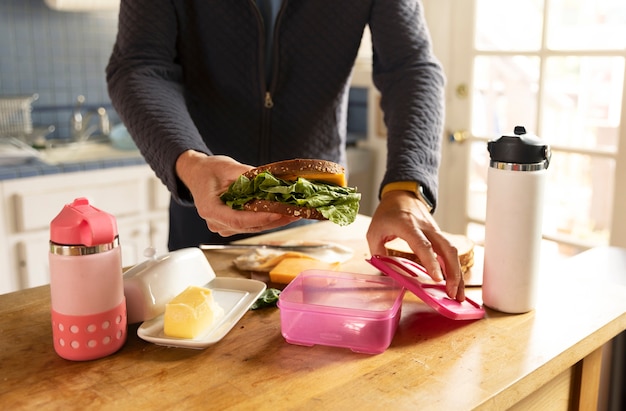
Fitness
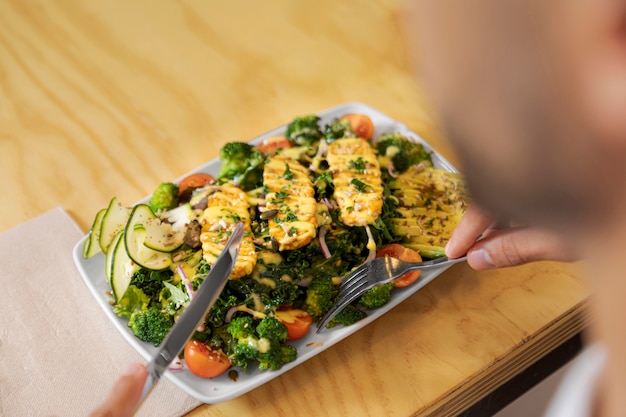
Wellness
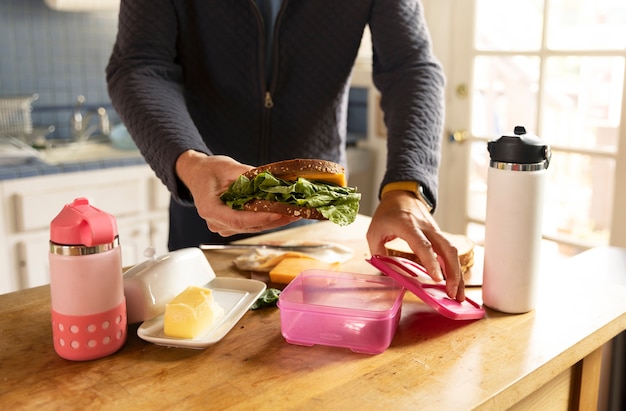
Wellness

Health

Fitness

Health

Health